Taken from Samba Touré's album "Binga"
Release date: April 9th, 2021 @ Glitterbeat Records
CD: https://bit.ly/samba_toure-binga
Digital: https://idol.lnk.to/Binga
The legendary Malian singer/guitarist returns with his most personal and immersive album to date. Intimately recorded with a small band, "Binga" dives deep into Samba's Songhoy roots. Moody Sahelian atmospheres. Cautionary tales. Hopes for better days.
During the 15th and 16th centuries the Songhoy people ruled the largest empire in Africa. It stretched across the entire western Sahel, famed for the glory that was Timbuktu. People called it the city of gold, known across the world as a centre of culture and learning.
But there’s another place that lies a little under a hundred kilometres south of that history, one whose name few people know. Binga is the region that encompasses the vast space below the Saharan desert in Mali. This is where guitarist and singer Samba Touré grew up, and it still owns his heart – Bingais the title of his fourth Glitterbeat album.
“I never left Binga,” he explains. “I went to [the Malian capital] Bamako in my youth to find some work and help my family. Even if it’s complicated or dangerous to travel to the north now, it’s still my homeland and will ever be. I have a house there. It’s my culture and my heritage. This is my region and it felt right to name this album after it. It’s pure Songhoy music.”
With Binga, Touré has made sure those roots show proud and strong.
“I wanted to put them in the forefront, to go back to something more natural and closer to the band on stage, to show how we really are. It was important to me. This isn’t an influence, it’s my natural style.”
With the bass player having moved to the US, it was a stripped-down combo of guitar, ngoni, calabash and other percussion that entered the studio to record Binga. The result captures the lean tautness of the sound. The only addition on a few tracks was harmonica, but that wasn’t “so far from the traditional fiddle sound we used to have on some albums, it accompanies the music in the very same way.”
That paring-back to the bare bones gave the musicians space to create what Touré calls “a communion between the instruments.” As always, the groove is the foundation, the circling, mesmerising riffs of Touré’s guitar and the heartbeat rhythm of the calabash. It’s relentless, mesmerising, and the voice and the commentary of the ngoni revolve around it. This is music without embellishment, the very essence of Songhoy.


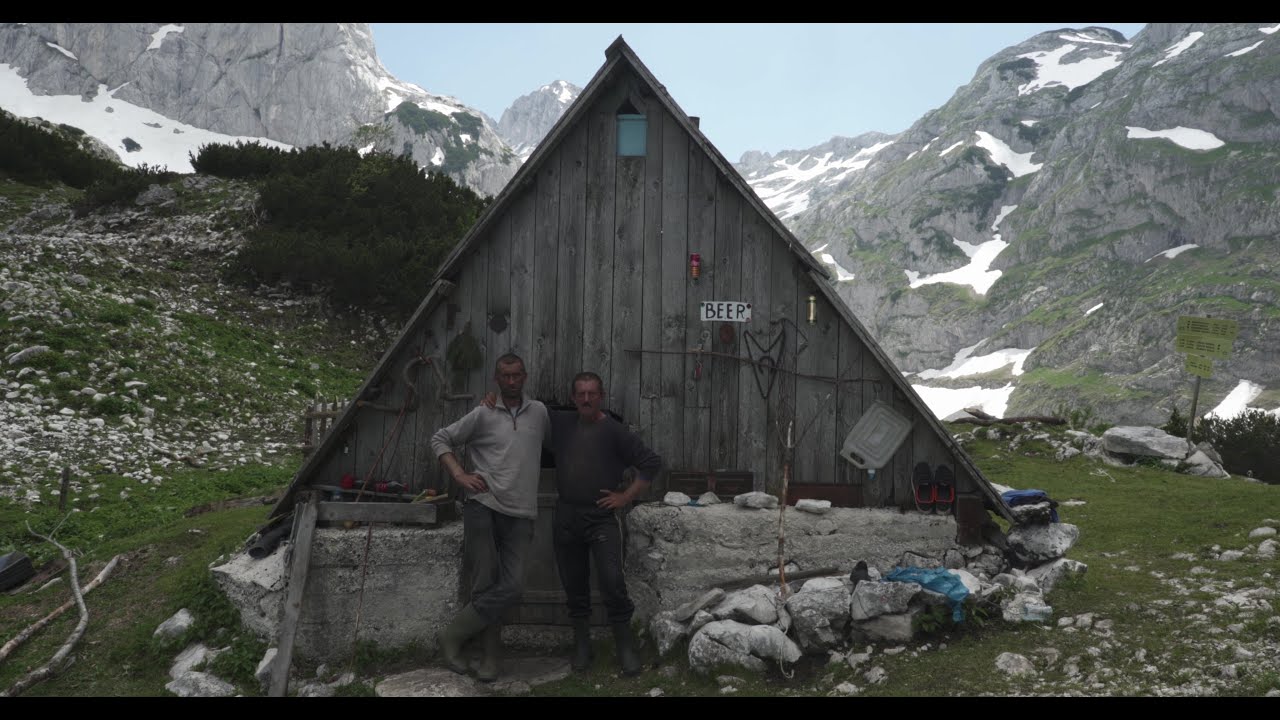
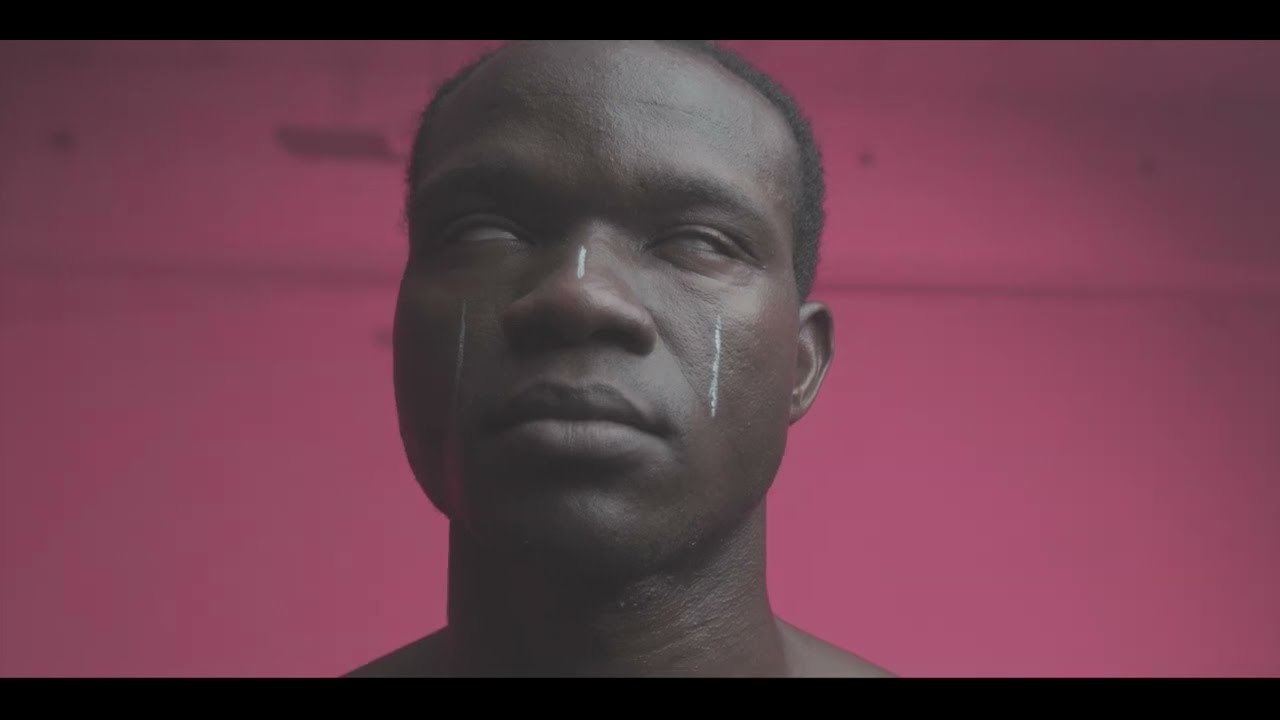

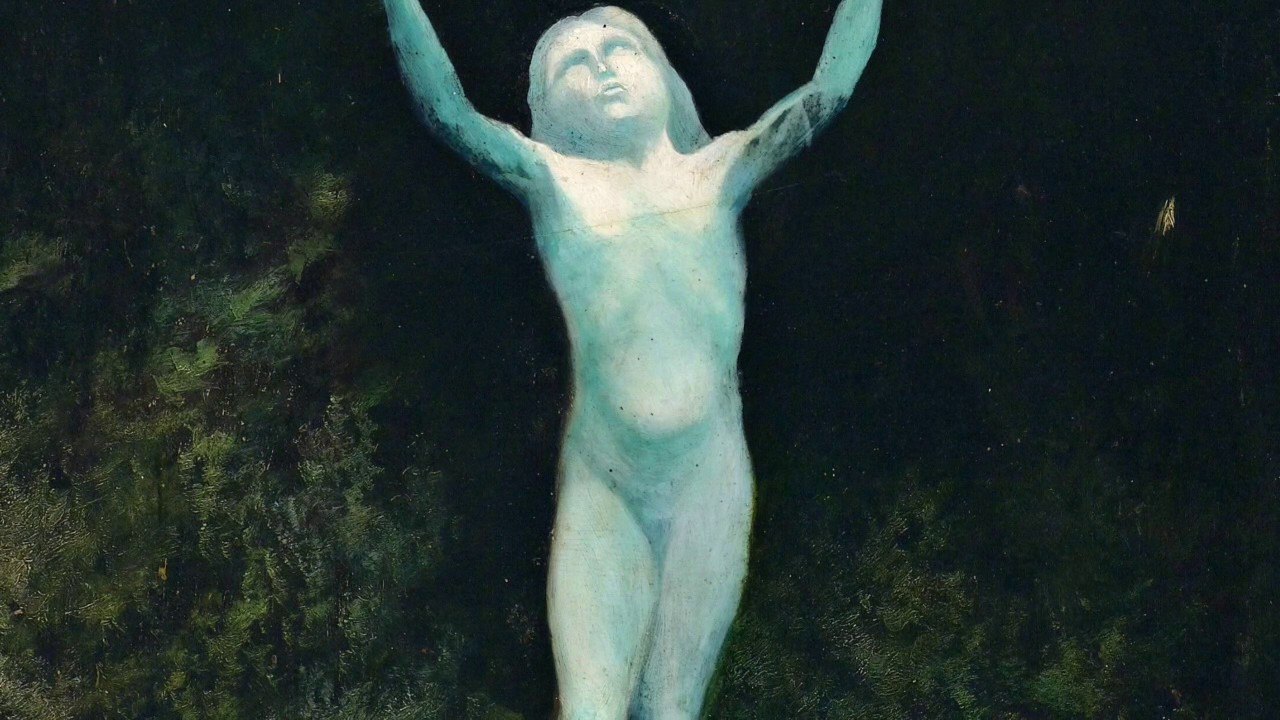
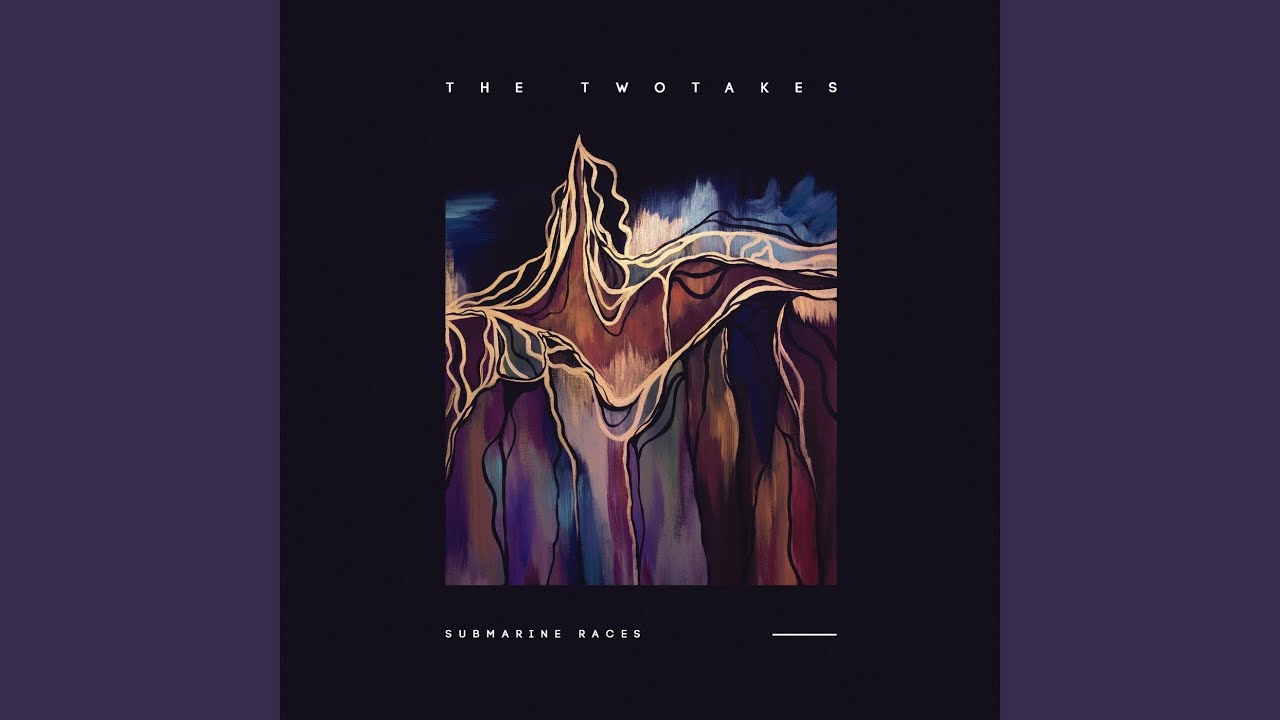


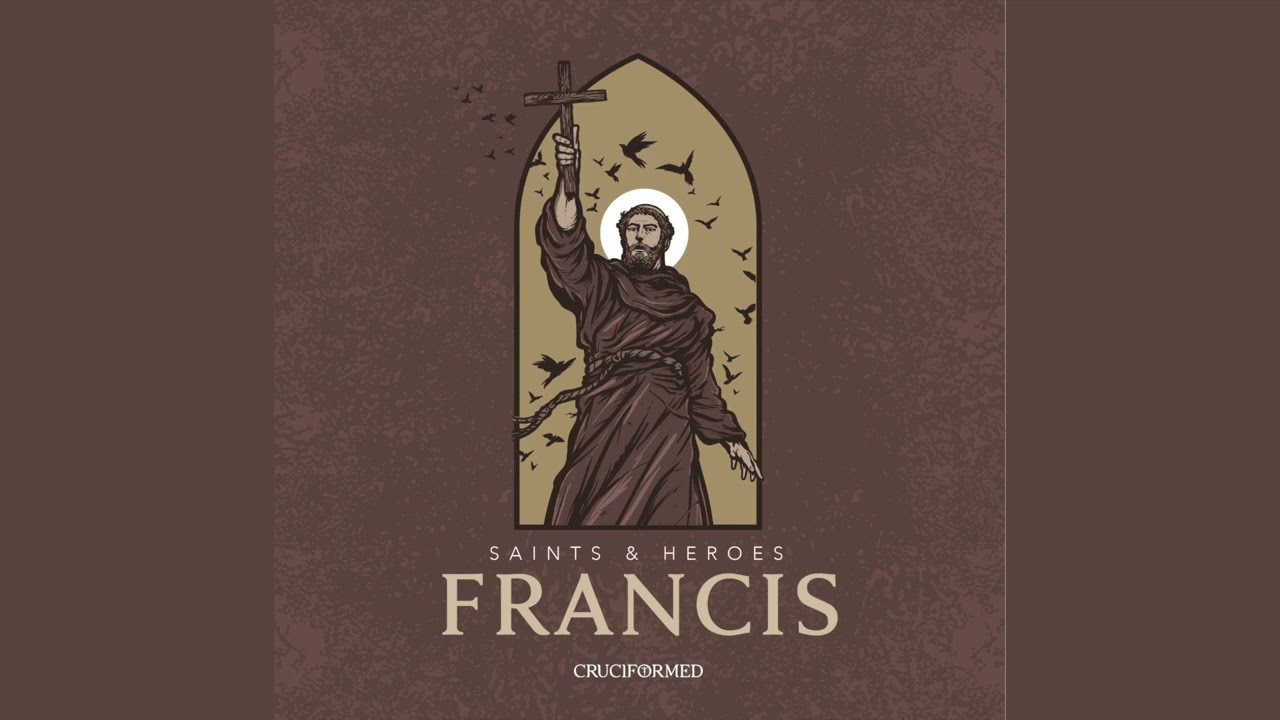
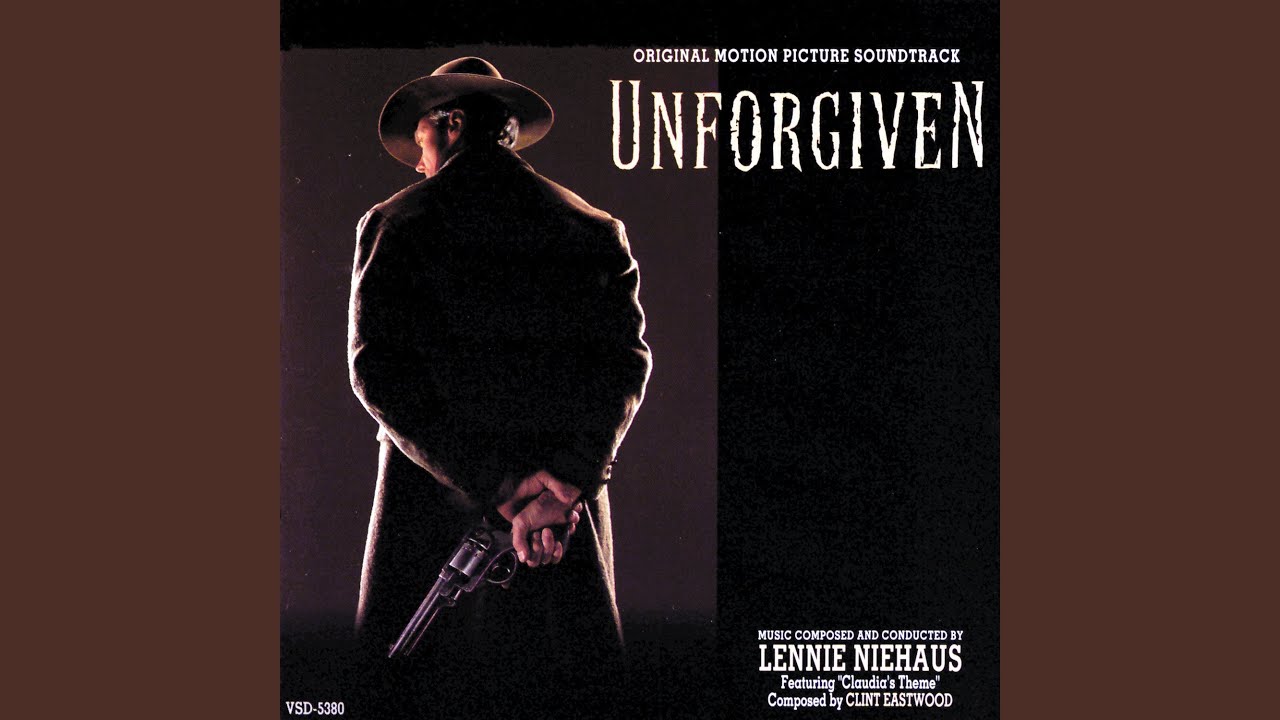









Comments